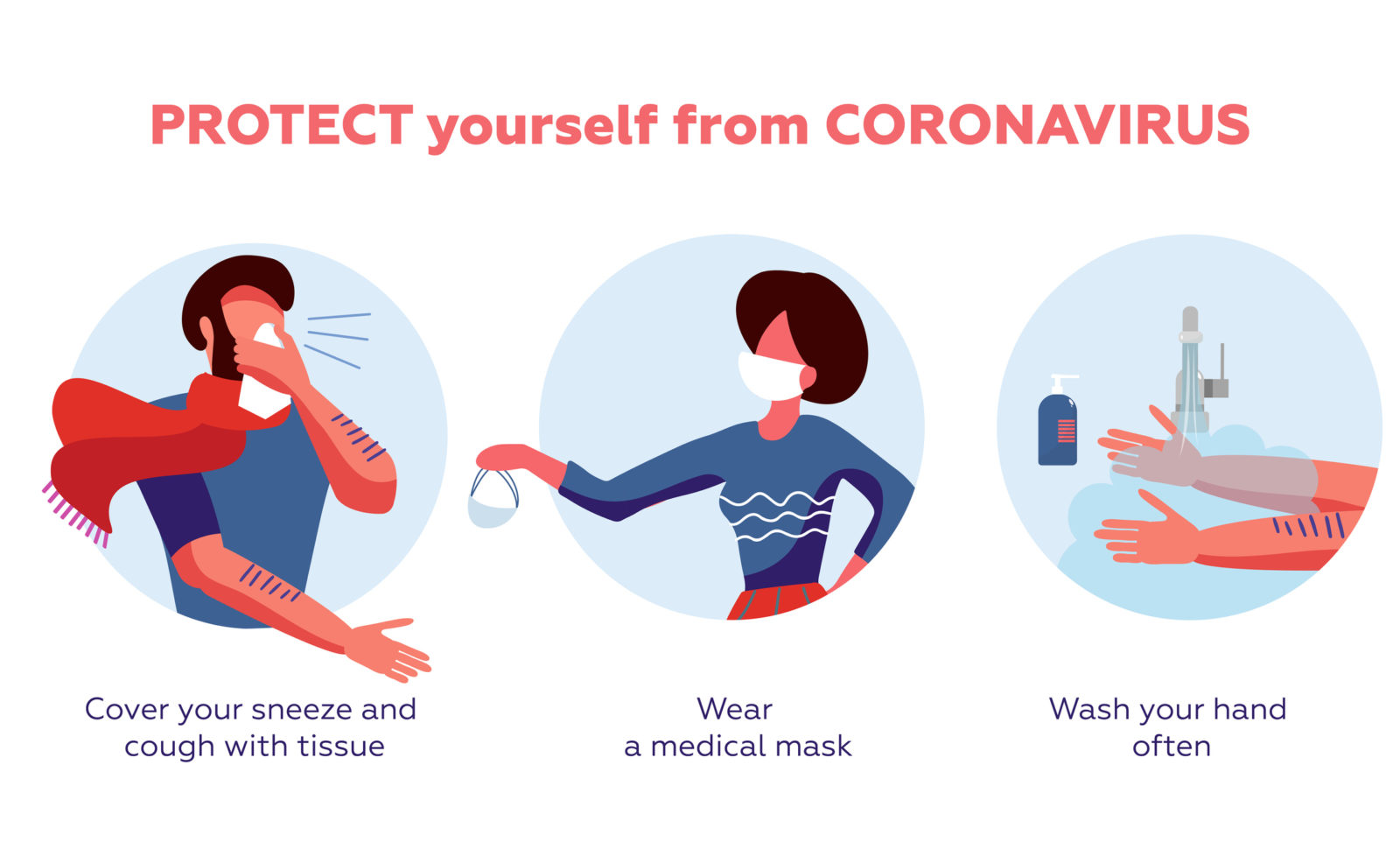An Ounce of Prevention is Worth a Ton of Cure

As care managers, one of our important roles is helping clients and their families look ahead to assist them with emergency preparedness. We do this with advance directive planning and health education by ensuring their vaccinations are up to date. However, there are times when certain situations pose new and unprecedented challenges and require extraordinary measures. Hurricane Sandy comes to mind. I vividly remember when we were delivering hot meals and medications to clients who were sheltering in place in buildings that lost power and coordinating to ensure continuity of their home care services in a challenging situation. We got through it and it made us stronger and more knowledgeable and our clients were deeply appreciative.
The COVID-19 (corona) virus now presents us with a new public health challenge and we need to be informed and prepared to assist our clients in their emergency preparedness in a compassionate, competent and controlled manner. We also need to keep the communication channels wide open.
You can learn more about the coronavirus here. As you know, scientists are still gathering data and updating their recommendations on a daily basis. You can sign up for email updates if you wish. The current recommendations from the Centers Of Disease Control (CDC) is to practice everyday preventative measures listed below.
- Voluntary home isolation if you are sick with viral symptoms: Stay home when you are sick with viral or respiratory disease symptoms. At the present time, these symptoms are more likely due to influenza or other respiratory viruses than to the COVID-19-related virus. Stay in touch with your primary care provider on what testing may be needed. Do not engage with others in a work or social setting until you are symptom- and fever-free for 48 hours and have been medically cleared.
- Respiratory etiquette: Cover coughs and sneezes with a tissue, then throw it in the trash.
- Hand hygiene: Wash hands often with soap and water for at least 20 seconds; especially after going to the bathroom; before eating; and after blowing your nose, coughing, or sneezing. If soap and water are not readily available, use an alcohol-based hand sanitizer with 60%-95% alcohol.
- Avoid touching your eyes, nose, mouth and ears.
- Environmental health action: Routinely clean frequently touched surfaces and objects with disinfected wipes, especially mobile phones and computers
I would add that as care managers we should look ahead to ensuring that our clients have at least a month’s supply of medications in the home and that there is a supply of fever-reducing over-the-counter medications, gloves and disinfecting wipes in the home.
Routine use of these measures by everyone will increase community resilience and readiness for responding to an outbreak. As of February 26, 2020, the CDC is also recommending to be prepared for potential community outbreaks or hot spots in the US within the next few weeks. Here are their recommendations if a community hot spot is identified:
- Personal Protective Measures. During an outbreak in your community, CDC recommends the everyday preventive measures listed above—especially staying home when sick—and taking these additional measures:
- Keeping away from others who are sick.
- Limiting face-to-face contact with others as much as possible.
- Consulting with your healthcare provider if you or your household members are at high risk for COVID-19 complications.
- Wearing a face mask if advised to do so by your healthcare provider or by a public health official.
- Staying home when a household member is sick with respiratory disease symptoms, if instructed to do so by public health officials or a health care provider (voluntary home quarantine).
- Community Measures. If COVID-19 disease is occurring in your community, state and local public health authorities may decide to implement:
- Temporary closures or dismissals of childcare facilities and schools.
- Other social distancing measures that increase the physical space between people, including:
- Workplace social distancing measures, such as replacing in-person meetings with teleworking.
- Modifying, postponing, or cancelling mass gatherings.
According to the CDC, decisions about the implementation of community measures will be made by local and state officials, in consultation with federal officials as appropriate, and based on the scope of the outbreak and the severity of illness. Implementation will require extensive community engagement and ongoing and transparent public health communications.
We at HealthSense have a terrific team of dedicated, smart, nimble, highly responsive professionals who can support our clients and one another as we get through these challenging times. While this COVID-19 outbreak is concerning, knowledge is power and implementing best practices helps create the best outcomes for all.
Written by Anne Sansevero
![HealthSense [logo]](https://www.health-sense.org/wp-content/uploads/sites/242/2017/02/logoNEW.png)